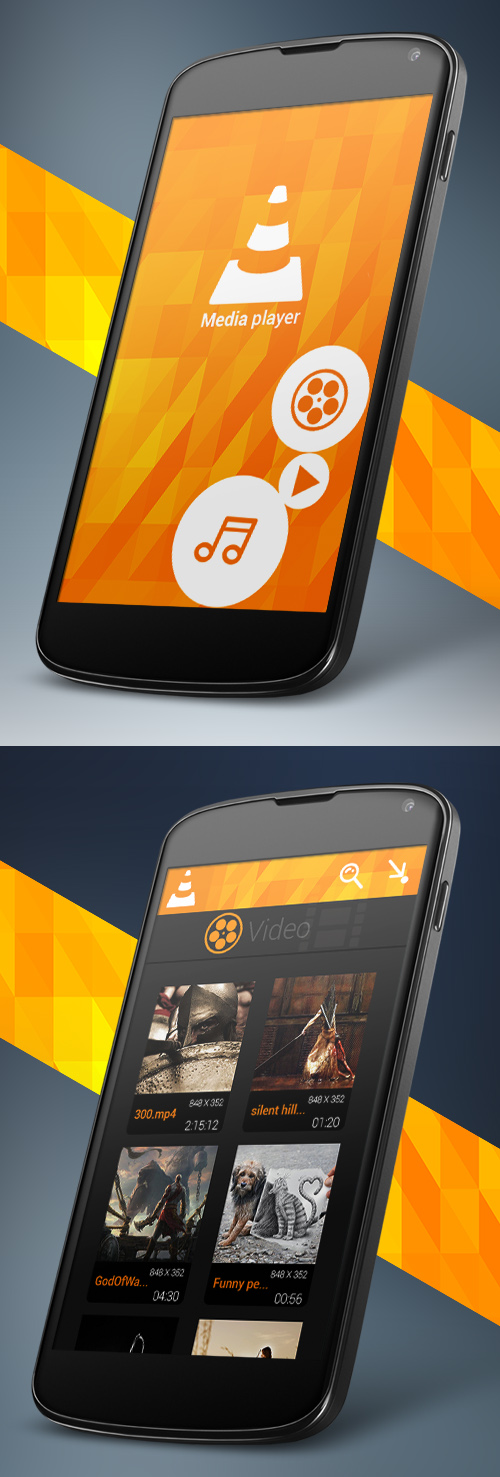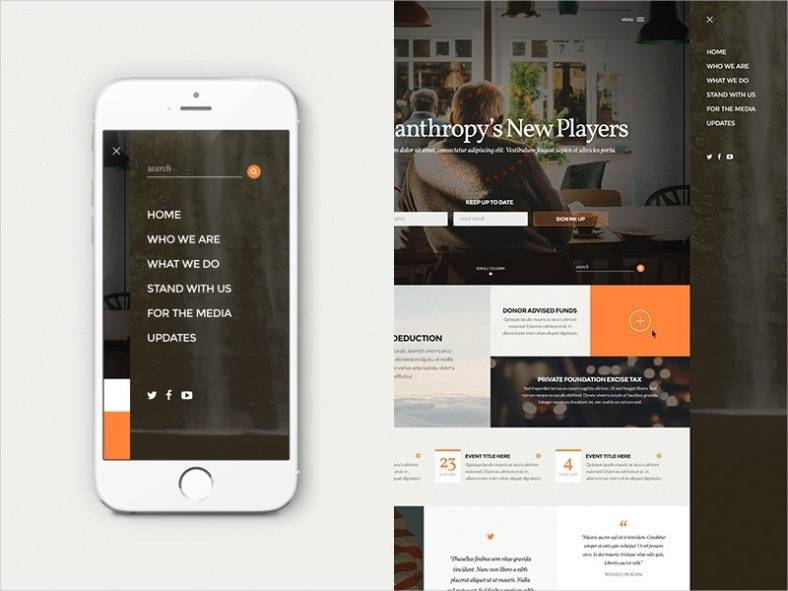

That would make it a lot more useful/flexible for various real world uses.MyHome is the most complete app for HomeKit compatible home automation - there is no better choicemyHome - the complete and comfortable and fancy way to control all of your HomeKit compatible home automation accessories on any of your iOS devices.
really close by), “near”, or “far” to the beacon notification setup. Plus, if they did start to use RSSI figures, that would allow them to easily add an option of “immediate” (i.e. There are a couple different ways to do it that would help a lot. Or the app could smooth but also throw out (ignore) obviously false numbers. Then consider that “smoothed RSSI” to be more trustworthy. A simple way is to take a moving average of 3 readings. So what the app maker should do is to add some smoothing of these figures. You can put a beacon two meters away from your phone and measure the RSSI, and you will see it jump around from -80 to -79 to -90 to -82 to -84 to -78, etc. RSSI figures are not exactly rock solid stable. But if they are only looking for a “higher than -80” RSSI to happen ONCE, then there may be some issues. This is probably a good idea for them to do. But if they are, they might be looking for a specific RSSI figure such as “higher than -80” (just an example) to indicate that a beacon is “within range”. I think the answer is no (but they should). I am not sure if Pushcut is using RSSI to detect distance. Unreliability of RSSI signal strength figures More devices means higher chance of interference.ģ.
#RADBEACON MOBILE APP BLUETOOTH#
Of course, it depends on the household and number of bluetooth devices in use. In my experience, this is not a big issue, but it exists. Bluetooth and BLE does experience interference sometimes, so broadcasts might be missed from time to time. The bad news is that most beacons’ configuration apps don’t allow you to input such precise numbers for interval. It is a bit complicated to explain this in detail (something something math), but suffice it to say, these weird intervals work better. The smart people at Apple recommend that you set your advertising interval to one of these odd-looking numbers: 152.5 ms, 211.25 ms, 318.75 ms, 417.5 ms, 546.25 ms, 760 ms, 852.5 ms, 1022.5 ms, or 1285 ms. In addition, you could also try inputting a more optimal broadcast interval into the beacon. This would use more beacon battery power. You could lower the broadcast interval of the beacon to 500ms or 300ms or even 100ms. This would use more battery power on your smartphone. (I think there are some issues created by the iPhone iOS also, such that the scan interval and window time is different when the app is in the foreground or background). The app maker could increase its scan window or decrease its scan interval. If the app’s scan interval is set to 1000ms and the scan window is 100ms long, that leaves 900ms of time when the beacon broadcast could be missed by the app. In order for this to be “seen” by the app, the app has to be scanning for beacons at that exact moment. So that means that the beacon will send out it’s broadcast every 1000ms (i.e. Let’s say you set it at the default 1000ms. The beacon broadcasts it’s little UUID message according to the beacon’s configured interval. The reason why you are getting alerts when you shouldn’t is because the app thinks the beacon is gone. They seem like smart people (or at least a lot smarter than me!) But I think they will eventually work it out.

I also saw this same issue mentioned in Reddit. I think the Pushcut app is a bit underdeveloped in terms of beacon functionality at this point.


 0 kommentar(er)
0 kommentar(er)
